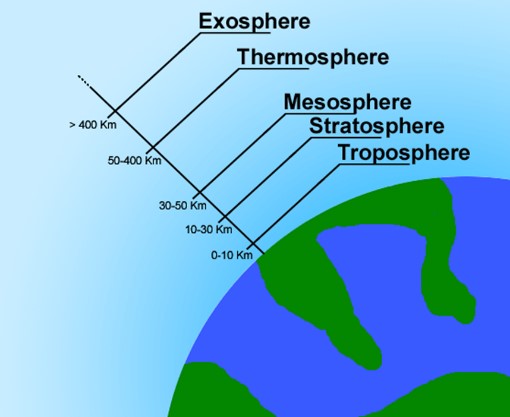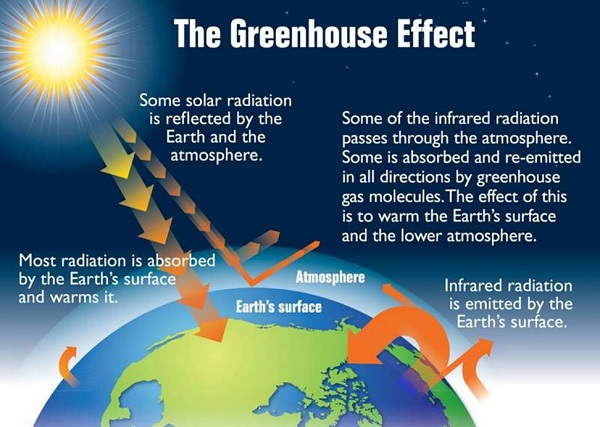Science unit 2 lesson 1 review worksheet
Unit 2, Lesson 1 Review Worksheet
- The blanket of gases that surround the Earth is called the:
The atmosphere is the blanket of gases that surround the Earth
- List the layers of the atmosphere in order from the closest to the surface of the Earth to the farthest out to space.
- Which layer of the atmosphere contains ozone that helps shield us from harmful ultraviolet radiation from the sun?

The stratosphere is the layer above the troposphere and it contains ozone which absorbs and shields the organisms on Earth from some of the harmful ultraviolet (UV) radiation from the sun. The absorbed energy makes the stratosphere warmer than the upper troposphere! The stratosphere is quite similar to the troposphere in composition except that it has 1,000 times more ozone and hardly any water vapor
- What human activities are causing the ozone hole?
Release of man made chemicals, such as refrigerants, which include CFCs, freons and halons, interact with ozone, resulting in its depletion.
- How does the hole in the ozone layer negatively impact us and other living things?
Because the ozone layer acts as a protect ant, blocking most UVB wavelengths of UV light from piercing Earth's atmosphere, ozone depletion may result in a variety of biological consequences; these include increased cases of skin cancer, cataracts, and plant damage, as well as reduced plankton populations in the ocean's photic zone
- What environmental problem did the Montreal Protocol seek to address?
the ozone hole, This set of laws phased out the production of CFCs and freon, and the hole is monitored on a regular basis. The hole size fluctuates and is largest in the spring, with the warming of the upper stratosphere, and smallest during winter season.
- A phenomenon where gases in the thermosphere become electrically charged due to solar activity and present brilliant swirls of color is called the Northern lights.
- Which layer of the atmosphere contains a lot of water vapor and provides oxygen for us to breathe?
troposphere
- In the troposphere, air circulates in convection
- True or False. The troposphere is thicker over the equator than the polar regions.
True
- What environmental factor drives convection in the atmosphere?
Convection cells shift seasonally and circulate air, moisture, and heat around the Earth. For example, humid warm air from the Gulf of Mexico is blown north to Canada. The air cools as it rises and moves north causing water to condense and precipitation occurs. This redistribution of heat and water supports life on Earth.
- List and describe the 3 types of prevailing winds.
Polar easterlies, Westerlies, and Trade winds. Prevailing winds result from convection. Prevailing winds include polar easterlies, westerlies, and trade winds. Polar easterlies originate in the poles and blow towards the equator. Westerlies blow in middle latitudes. Trade winds blow in the tropics carrying heat and moisture towards the poles. Convection is largely due to uneven heating by the sun with solar energy being most intense at the equator and least intense at the polar regions. The uneven heating drives the movement (circulation) of the air. Atmospheric circulation is driven by temperature, the planet's movement in space and the Coriolis effect.
- The Coriolis effect is caused by the Earth’s rotation.
- The Coriolis effect influences the bend of air and water circulation.
- True or False. The Coriolis effect is very strong at the equator.
False
- The concentration of nitrogen in the atmosphere is 78%, while the concentration of oxygen is 21%.
- Many gases that make up less than 1% of the atmosphere are Greenhouse gases which are heat trapping gases. Provide at least 3 examples of greenhouse gases.
Argon, Carbon dioxide, Water vapor and a variety of other gases
Nitrogen 78%
Oxygen 21%
Argon, Carbon dioxide, Water vapor and a variety of other gases 1%
- Describe the greenhouse effect.
The greenhouse effect is caused by the capture of infrared radiation from the sun by greenhouse gases. Important heat trapping gases include carbon dioxide, water vapor, methane, and nitrous oxide. These gases are needed for the greenhouse effect which keeps the planet warm and habitable.



